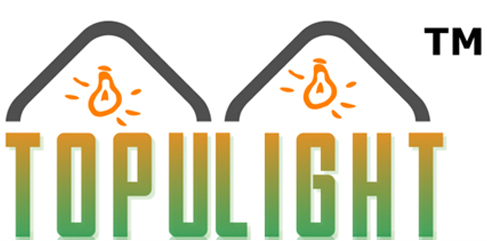NLP uses artificial intelligence and machine learning, along with computational linguistics, to process text and voice data, derive meaning, figure out intent and sentiment, and form a response. On a very basic level, NLP (as it’s also known) is a field of computer science that focuses on creating computers and software that understands human speech and language. Bryan Brown, professor of education, said that “what we know about learning is not reflected in how we teach.” For example, teachers know that learning happens through powerful classroom discussions. AI has the potential to support a single teacher who is trying to generate 35 unique conversations with each student. All of the current NLP applications will grow in ability and adoption as NLP capabilities continue to advance. For instance, as another tool in your toolkit, NLP makes technology more accessible to those who work with data without becoming experts in how to manipulate/process data.
These instructional factors seem to be intuitive, but do they really capture features of teaching aligned with human raters’ observations? For example, the classroom management factor has the strongest correlations with the behavior management dimensions in both CLASS and PLATO. The interactive instruction factor is primarily related to the CLASS domain of instructional support, which emphasizes teachers’ use of consistent feedback and their focus on higher-order thinking skills to enhance student learning. To be clear we are not advocating for a single, optimal allocation of instructional time or a single discourse style. Although our findings show that text-as-data methods are a promising approach to measure teaching practices, our study is just an initial step toward an automated system to measure and ultimately support quality teaching. Yet, the use of such methods is much rarer in natural classroom settings and teacher evaluation and improvement efforts.
Why is NLP an important field?
A great deal of linguistic knowledge is required, as well as programming, algorithms, and statistics. → Discover the sentiment analysis algorithm built from the ground up by our data science team. The Brookings Institution is a nonprofit organization based in Washington, D.C. Our mission is to conduct in-depth, nonpartisan research to improve policy and governance at local, national, and global levels. The full impact of AI in education remains unclear at this juncture, but as all speakers agreed, things are changing, and now is the time to get it right. Interfaces that leverage AI can offer constructive feedback that does not carry the same stakes or cause the same self-consciousness as a human’s response.
- Wang adds that it will be just as important for AI researchers to make sure that their focus is always prioritizing the tools that have the best chance at supporting teachers and students.
- As they become available, new methods, techniques, and practices are constantly being adopted by teachers worldwide, based on the latest research.
- NLP is used in dozens of ways by computer systems and mobile applications to perform a wide variety of tasks.
- As Liu explained, children who believe themselves to be behind are the least likely to engage in these settings.
- The ultimate goal of NLP is to allow humans to communicate with computers and devices as closely as possible to the way they interact with other humans.
As we explore in our open step on conversational interfaces, 1 in 5 homes across the UK contain a smart speaker, and interacting with these devices using our voices has become commonplace. Whether it’s through Siri, Alexa, Google Assistant or other similar technology, many of us use these NLP-powered devices. A direct word-for-word translation often doesn’t make sense, and many language translators must identify an input language as well as determine an output one.
NLP, AI and ML
His lab trained a virtual tutor that was tasked with solving and explaining algebra equations in a chatbot format. The chatbot would produce perfect sentences that exhibited top-quality teaching techniques, such as positive reinforcement, but fail to get to the right mathematical answer. Liang suggested that students must learn about how the world works from first principles – http://www.oman-travel.ru/traveller/traveller-2.html this could be basic addition or sentence structure. However, they no longer need to be fully proficient – in other words, doing all computation by hand or writing all essays without AI support. At the recent AI+Education Summit, Stanford researchers, students, and industry leaders discussed both the potential of AI to transform education for the better and the risks at play.
Explore how technology can equip and complement biotech and pharma companies seeking facilities to run their clinical trials with the utmost efficiency. If you decide to develop a solution that uses NLP in healthcare, we will be here to help you. → Read how NLP social graph technique helps to assess patient databases can help clinical research organizations succeed with clinical trial analysis.
Survey on Natural Language Processing and its Applications
The more data available to NLP systems, the more accurate, conversational, fast and user-friendly they will be. ML gives NLP systems the ability to ingest and process increasingly large amounts of available data. Demszky and Wang are currently working with David Yeager at the University of Texas at Austin, who offers annual trainings for teachers on growth mindset strategies. They’re aiming to develop an LLM teacher coaching tool that Yeager and others could soon deploy as part of these workshops.
Additionally, they are working on developing and publishing a framework called Backtracing, which is a task that prompts LLMs to retrieve the specific text that caused the most confusion in a student’s comment. As a result, Demszky and Wang begin each of their NLP education projects with the same approach. They always start with the teachers themselves, bringing them into a rich back and forth collaboration.
